I don’t know how familiar you all are with how preview code distribution works for major game releases, but it usually comes with a document listing all the unfinished bits and possible bugs the writer might run into. Sometimes, if the publishers are being utter bell-ends, a Non-Disclosure Agreement (NDA) will have to be signed, where you promise not to talk about certain things. Happily, that’s not the case with SEGA and Total War: Rome 2 so I can relate most of this stuff to you.
It must be a tough situation for Creative Assembly. They’re under pressure to get a preview build out to the media, but know that such a build will inevitably be unfinished. The game doesn’t come out until early September and (if what I know about demo builds is any indication,) this stand-alone preview is probably behind where the main title is at in terms of polish and bug-crushing.

Preview code also means bog-standard publisher shots rather than self-taken images. Sorry.
But that puts me in an awkward position too. It means I have to take it on pure trust that the crashing, lighting issues and sometimes entertaining bugs in this preview build of Rome 2’s campaign prologue will be fixed before release. They probably will be; but that assumption does nothing to help me report accurately on the code I played.
There’s a real absurdity to this when you think about it. Developers are showcasing a preview build they’re almost certain to be unhappy with, and writers are having to convey their experiences with a version of the game that’s promised to be quite different upon actual release. Of course, if any of the buggier aspects do creep into the finished version they’ll be noted in the eventual IncGamers review.
So, keep all that in mind, and I’ll try to concentrate on the bits of information gleaned from this code that may be useful to impart.

It didn’t look as nice as this on my system, because the lighting effects were unfinished and/or going a bit wrong.
The last Total War title I played was Empire, and the prologue for Rome 2 is reminiscent of the ‘Revolutionary War’ intro to that title. It serves as a period-relevant, guided introduction to the series as a whole, and offers a look at some of the new features for those who are veterans.
As a lengthy (2-3 hour) tutorial, it’ll be great. Unfortunately, because it is effectively a tutorial, two of the major aspects of the series are reigned right in. Until the prologue’s concluding moments, there’s no real freedom of action (because it’s, rightly, teaching you how to play in a fairly linear fashion) and unit variety is restricted to the pair of factions involved: Rome, and the Samnites. Beginning with the Siege of Capua, players follow the progress of General Mark Strong (aka Gaius Silanus) through to the crushing of the Samnite threat.
That means there wasn’t really much scope for testing certain actions out on the campaign map. Prologue actions are largely scripted, so aspects like campaign AI can’t really be assessed. I managed to see some of the choices that would impact the (reportedly) more transparent diplomatic dealings with the AI, but not their long-term consequences. The diplomacy tab remained grayed out throughout (as did the trade tab.)
After every victorious battle you can opt to either enslave, release or slay the survivors (and, in a similar style, whether to loot, occupy or raze a city after a siege,) which will affect how the world views your empire. Murdering people doesn’t look great to neutrals, but enemies of that particular faction will think it’s just dandy and judge you more favourably.

Surrender your arms, in the name of Mark Strong!
It was also possible to do a minor amount of city expansion. As already shown by Creative Assembly, this causes the settlements to expand visually on the map itself in a fairly pleasing fashion. The building choices were much as you’d expect, with various economic (a larger fishing market) or military (a blacksmith for improved armour) selections on offer.
Settlements are now grouped into provinces, which hold around two to four regions. One region holds the capital city (such as Rome,) which is the only settlement that will lead to a full-on siege battle when attacked. Other settlements are of course present on the battle map in terms of streets and buildings when you assault them, but aren’t protected by walls and don’t require siege equipment to conquer. When attacked, settlements automatically raise a garrison based on the buildings present and bolster any armies already standing guard.
If you control every region in a province, it’s possible to issue special edicts which have positive effects on things like taxation and public order (happiness.) Public order is applied to the whole province and the lowest happiness region is always the one to rebel. That means single, occupied regions in an enemy province prove awkward to control.

Here’s Capua, considering whether to build a fancy new workshop.
In Rome 2, every army must be led by a general. The number of generals you can field at any one time is dictated by a kind of power/status level called (in this preview at least) “Imperium” which increases as you capture territories and exert your influence over the world. By the conclusion of this preview I owned two complete provinces and a scattering of other regions, enabling me to field Mark Strong and a pair of other generals. Each of them could command 20 units in total. Fleets are limited in much the same way.
When they’re out and about in the world, armies can now take different stances. Set them to “raid” and both movement and upkeep will be reduced while the troops live off the land and piss off the locals. Opt for “ambush” and you’ll gain greater flexibility for setting up on the battlefield when attacked.
If you don’t fancy sending your troops out on land, or spy a neat opportunity to attack by sea, you can deploy them to the water. An army will automatically convert to transports when moved to the ocean (from either a beach or a port settlement) and can travel along coastlines. Once you reach another beach or settlement, they can be redeployed. Attack a settlement with a force that has both ships and troops present in it, and you’ll be launched into a battle where you control both types of unit.

My boats didn’t look like these. Probably because these ones are from Macedon.
The campaign map seemed relatively free from the bugs and hard-lock crashes I mentioned earlier, but they were rife in Rome 2’s real-time battles. After a while I had to just resort to doing auto-calculated conflicts because the chances of actually finishing an encounter in real-time were too low.
Before that point was reached though, I did manage to engage in a couple of sieges, a land/sea combination fight or two and some pitched battles out in the open countryside. Having most recently played Empire it was great to return to a Total War where the majority of units clash in hand-to-hand, rather than lining up in front of one another and firing pot-shots. I’m pretty sure I’ve reached the stage where Dopamine is released in my brain whenever I hear the cry of “Hastati!”
I didn’t really have the full complement of sea-faring vessels for a rigorous test of the land/sea battles, but the chance to deploy troops at multiple points of an assaulted settlement and ram transports through smaller ships guarding the harbour provided tactical and visual joy in equal measure. This battle also provided the best bug of the session, when my Equites found themselves in possession of an prototype cloaking device and riding invisible horses off the transports.

In this unrepresentative image, the horses are not invisible.
Other AI quibbles will be more familiar. Remember the confusion that Total War units have often had with complex walls and narrow bits of geometry? Of course you do, because it’s been present in every single game since the original Shogun. As is tradition, baffled units will sometimes turn into long strings of straggling soldiers as they attempt to navigate around confusing items such as “a house.”
This tends to happen most during sieges, when the AI has to struggle with concepts like manning and un-manning wall defenses. If you’re the one doing the defending, then the option to personally control and aim wall-mounted siege weapons is open to you. I believe this was in Shogun 2 as well, but it returns here.
Victory/capture points are also back during sieges and the not-quite-siege battles over non-capital provinces. These give you an additional method (other than ‘murder everyone’) of winning the day. Not a bad option if you can’t be bothered hunting down the last couple of skirmishing units trying to play hide and seek with your cavalry. During the battles that took place on the open plains or in forested countryside, however, the capture points were not present. They seem to only show up whenever buildings are present in some fashion.

Have another campaign map shot for good measure. It was either this or more unrelated boats.
Those real-time battles, give or take a few iterative tweaks, feel just about the same as ever. You’ll get just the same rush from sweeping onto an enemy’s flank with a delayed cavalry charge, or luring enemy units into a crush of spearmen with a disguised retreat; and you’ll probably roll your eyes at the same AI foibles that have almost become staples of the series. Let’s hope blood offerings to the gods aren’t necessary to prevent the kind of crashes I experienced in this unfinished code migrating across to the final release.
Based on what it was possible to do in the preview build, it seems as if Rome 2’s most substantial changes are being made on the campaign map level. The region/province model somewhat alters how your empire will be governed, and aspects like trade and diplomacy (while they were off-limits here) appear to play more of a role too. Despite still being called Total War, the series seems to be delving into light economic and political dealings with more enthusiasm than ever before. Within the scripted confines of a prologue/tutorial it’s hard to say how well all of this will work, but it should add further layers of cohesion between the player’s campaign map activities and the grand, real-time conflicts the series is known for.
Total War: Rome 2 is due for release on 3 September.
Update: Check the new interview with Creative Assembly.

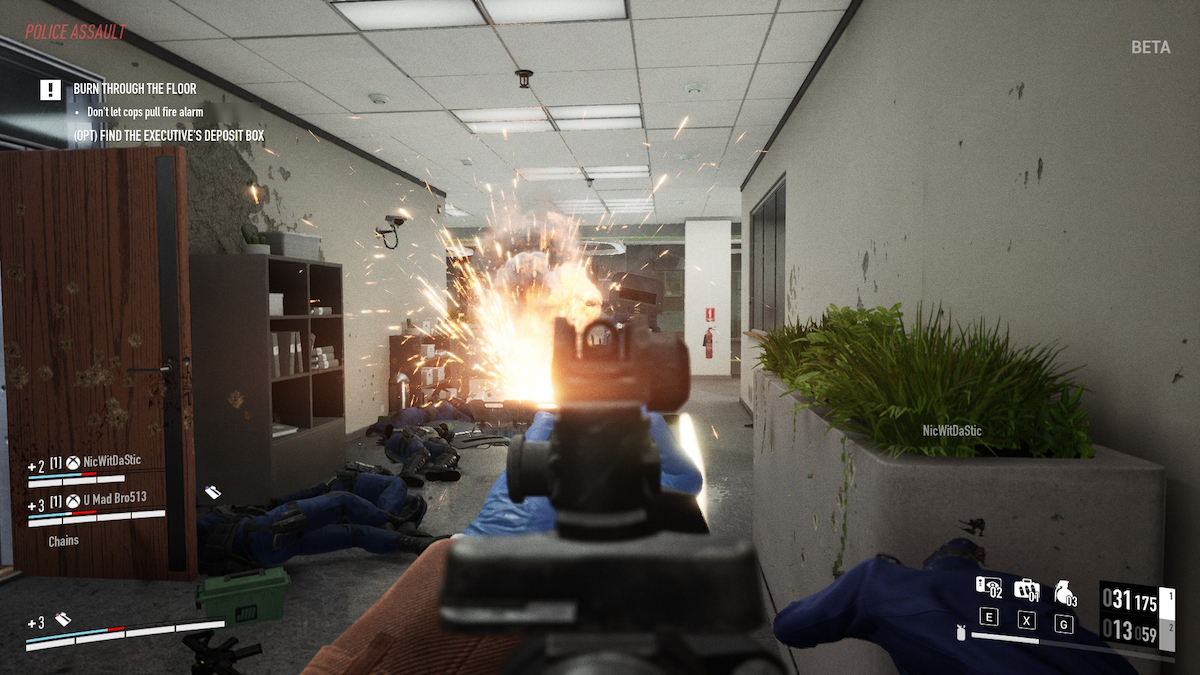
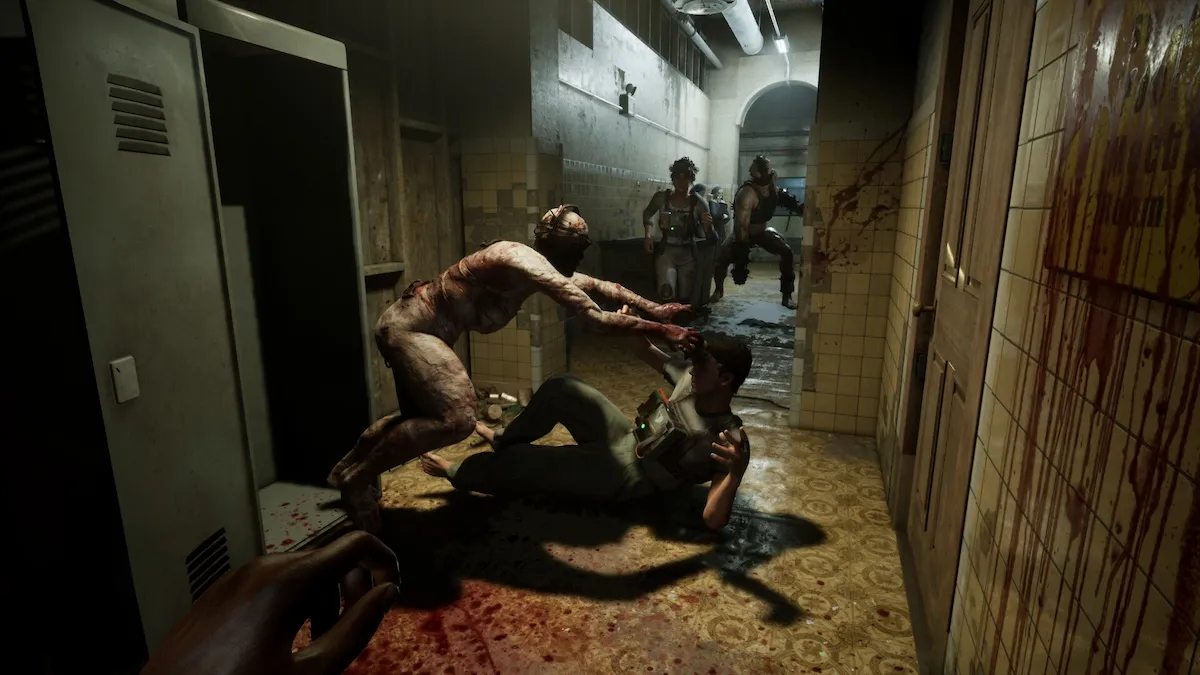
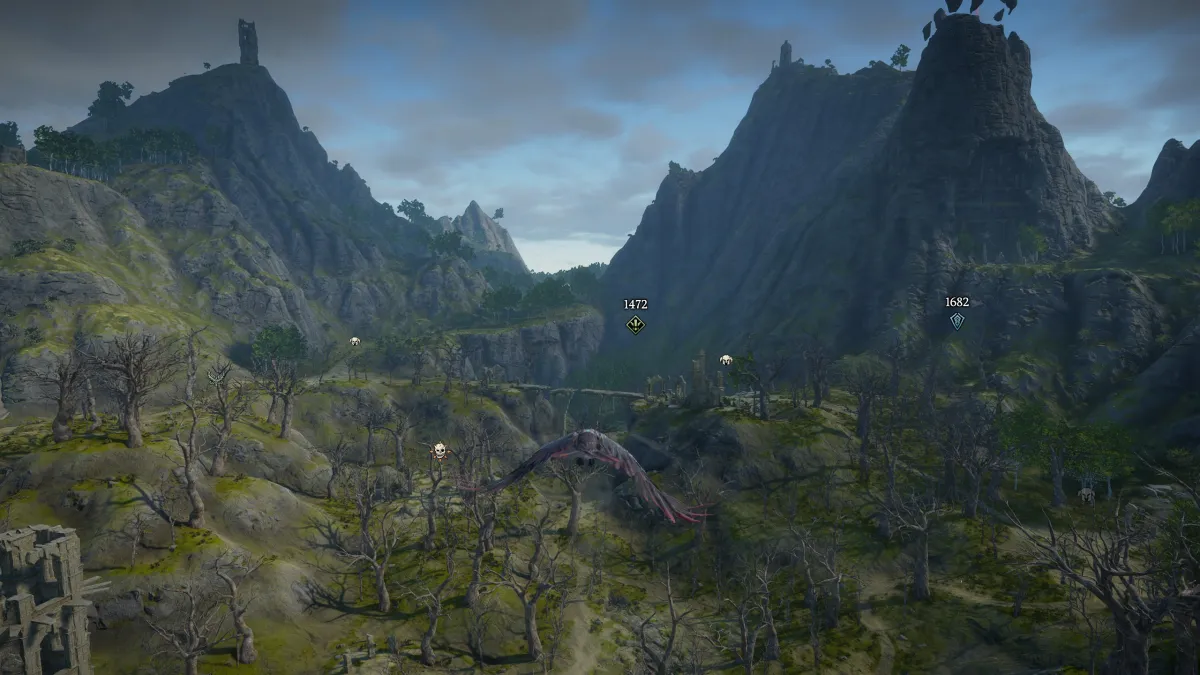
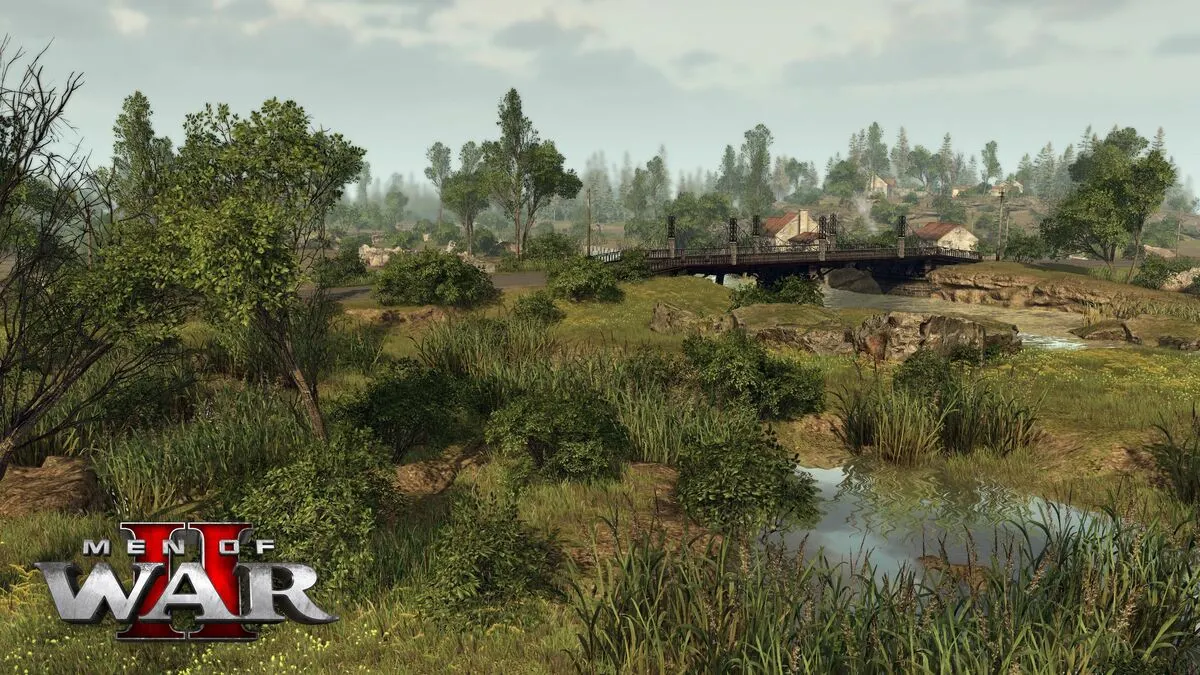
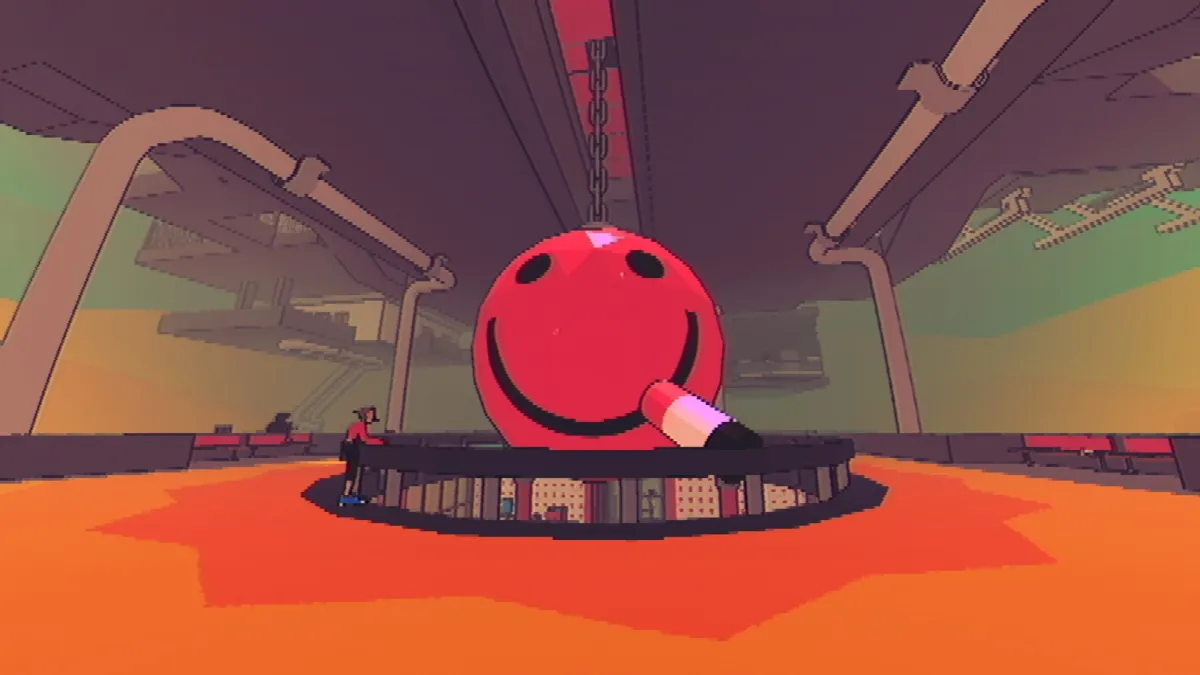
Published: Aug 1, 2013 01:58 pm